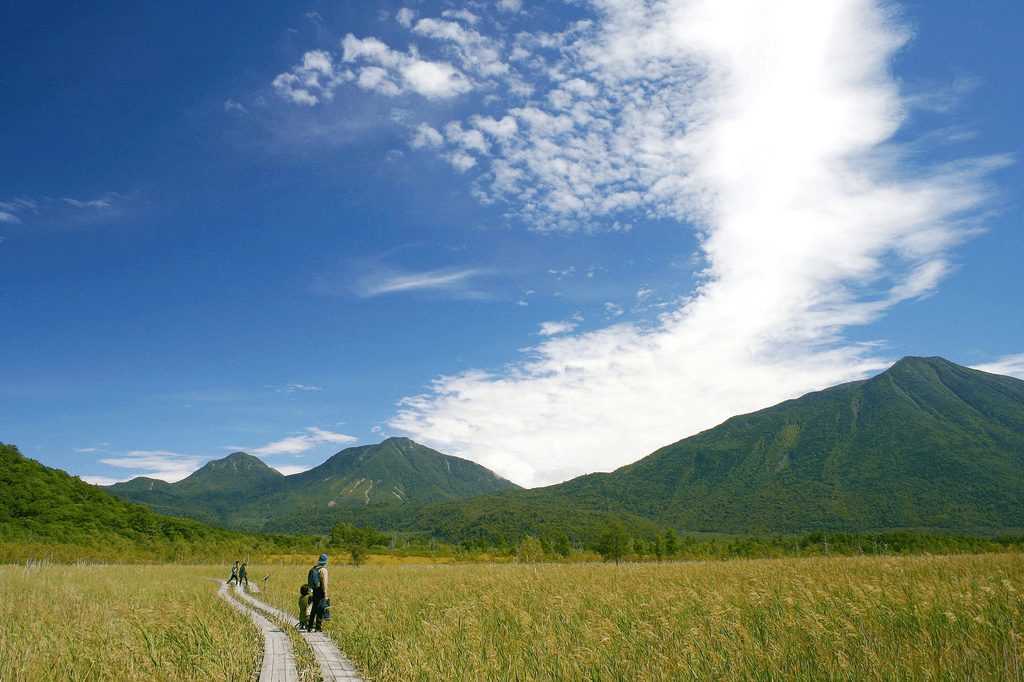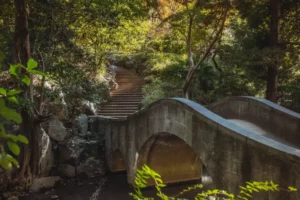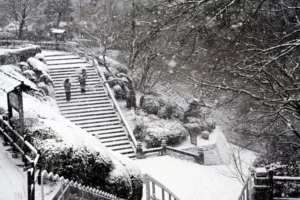Nikko, a beautiful city nestled amidst the mountains in Tochigi Prefecture, attracts tourists from near and far. But one of the highlights of Nikko is Senjogahara Marshlands, Japan’s largest and most renowned high-altitude marshes. Here you can enjoy a variety of nature trails, 350 kinds of wild plants, and many species of wild birds. These one-of-a-kind marshlands are surrounded by forest-green nature, a large lake, a waterfall, and a hiking course.
Table of Contents
ToggleWhat are the Senjogahara Marshlands?
Senjogahara are marshlands extending to the north of Lake Chuzenji and at the west foot of Mount Nantai. Moreover, part of it is protected under the Ramsar Convention, an international treaty for the conservation of wetlands. At 1400 meters above sea level, it offers some of the best hiking in Nikko National Park. Generally, visitors can enjoy trekking the nature trail circling the marshlands while observing diverse species of alpine plants.
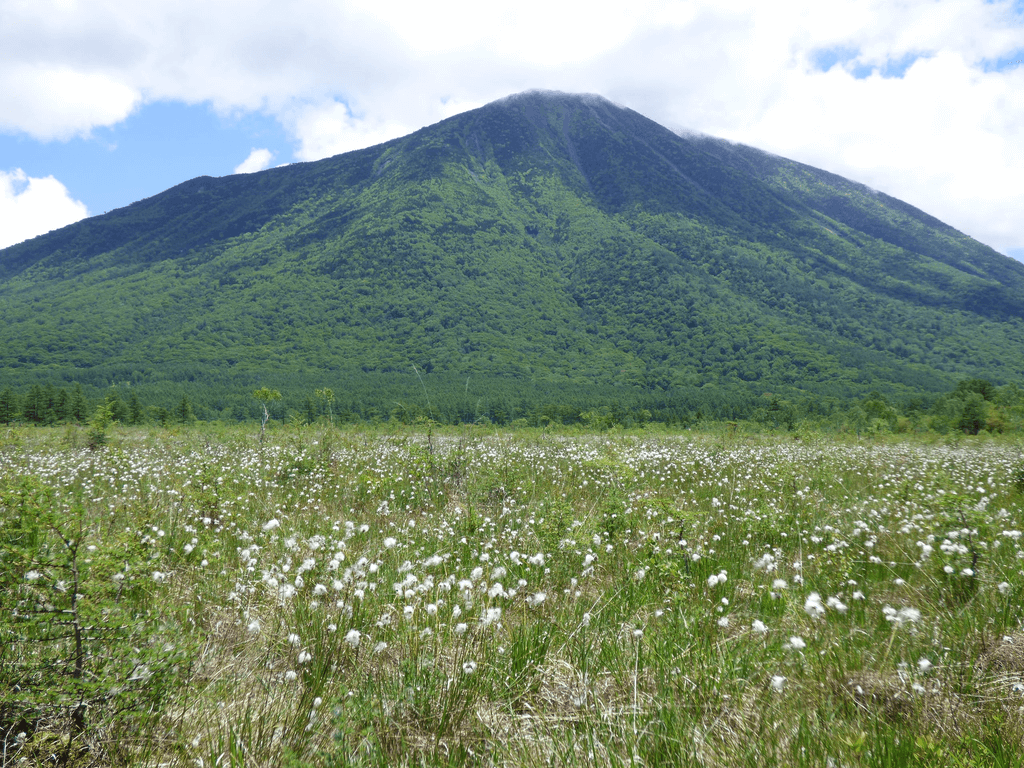
What are the legends of Senjogahara Marshlands?
Legend has it that the deities of Mt. Nantai and Mt. Akagi fought over the control of Lake Chuzenji. After a standoff, Mt. Nantai, as a serpent, defeated Mt. Akagi, a centipede. Then, Mt. Nantai’s grandson delivered the killing blow by shooting an arrow into the giant myriapod’s eye. The fight gave the high-altitude marshlands near the lake its name Senjogahara (battlefield).
When’s the best time to visit Senjogahara?
Every season offers some exceptional views, but it’s exceptionally breathtaking during autumn in Japan. The leaf season in October is when the marshlands’ grasses turn a reddish yellow and the larch trees into shiny gold.
Another beautiful time to visit is mid-June to early August when alpine plants such as the hare’s-tail cottongrass and bridewort bloom. Also, grand natural vistas, full of variety, can be enjoyed during this time of the year.
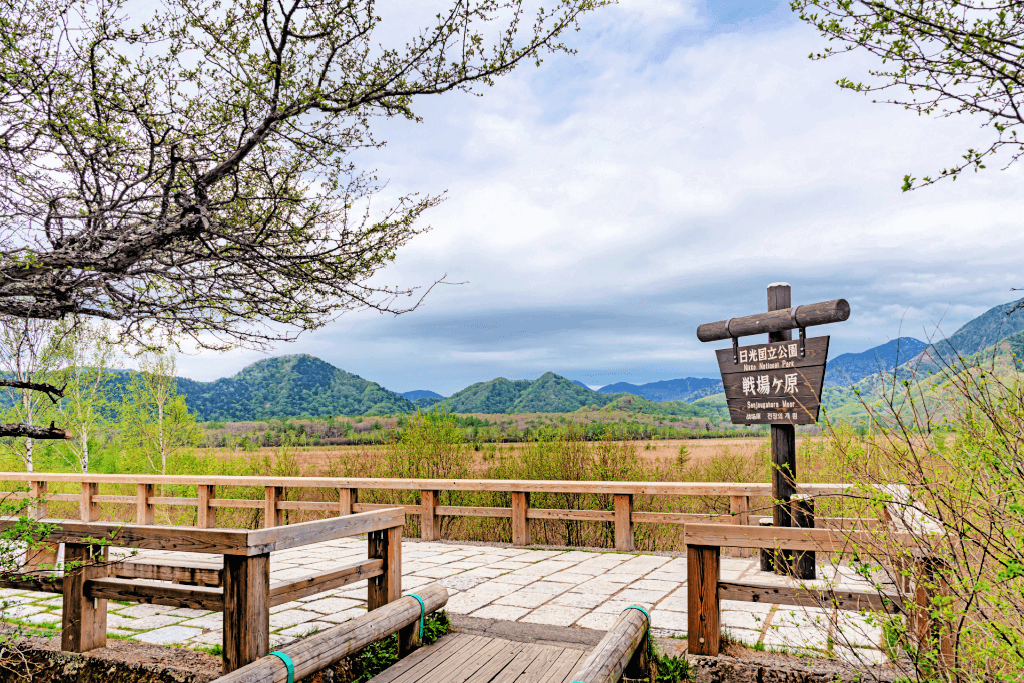
Looking for traditional Japanese sweets and drinks? Check out Sakuraco! Sakuraco delivers traditional Japanese snacks, teas, sweets, and snacks from Japan to your door every month so that you can enjoy Japan’s taste anywhere!
How do I get to Senjogahara?
Reached by car or bus, Senjogahara Marshlands is just over an hour from Nikko Station. Take a Tobu Bus from Central Nikko bound for Yumoto Onsen; there are one to two buses an hour. To hike the trail, get off at Ryuzu no taki or Yumoto Onsen.
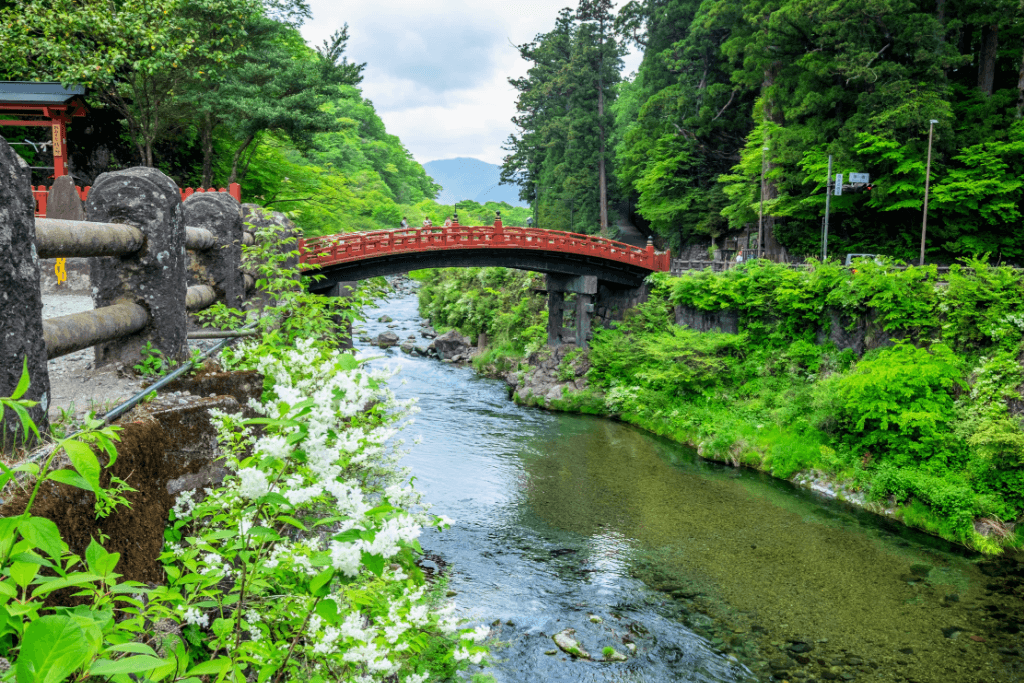
To reach the observation deck at Senjogahara, get off at the Sanbonmatsu bus stop and walk for about one minute. You can also buy two-day passes at Tobu Nikko station for around ¥3500 ($24.80). It allows you to use local buses between Chuzenji-cho and Senjogahara Marshlands.
Note that traffic between central Nikko and Senjogahara can be heavy during the autumn leaf season in October. So buses can incur heavy delays, especially on weekends. Try to visit during the week rather than on weekends.
How’s the hiking at Senjogahara Marshlands?
Senjogahara offers a wide range of hiking trails for all visitors, from beginners to experienced hikers. Many lookout points are placed around the hiking trail so visitors can enjoy the fantastic wildlife closely. The trails offer magnificent marshland views with Mt. Nantai in the background and an array of natural panoramas.
The most popular is the three-hour trail which starts at Yumoto Onsen and passes through stunning viewpoints. The trail is great for beginner hikers with few ups and downs while experiencing the constantly changing natural surroundings.
Another recommendation is the two-and-a-half-hour circular trail around Senjogahara and Odashirogahara that starts from Akanuma. Odashirogahara’s Japanese white birch trees are worth seeing if you have extra time to venture further.
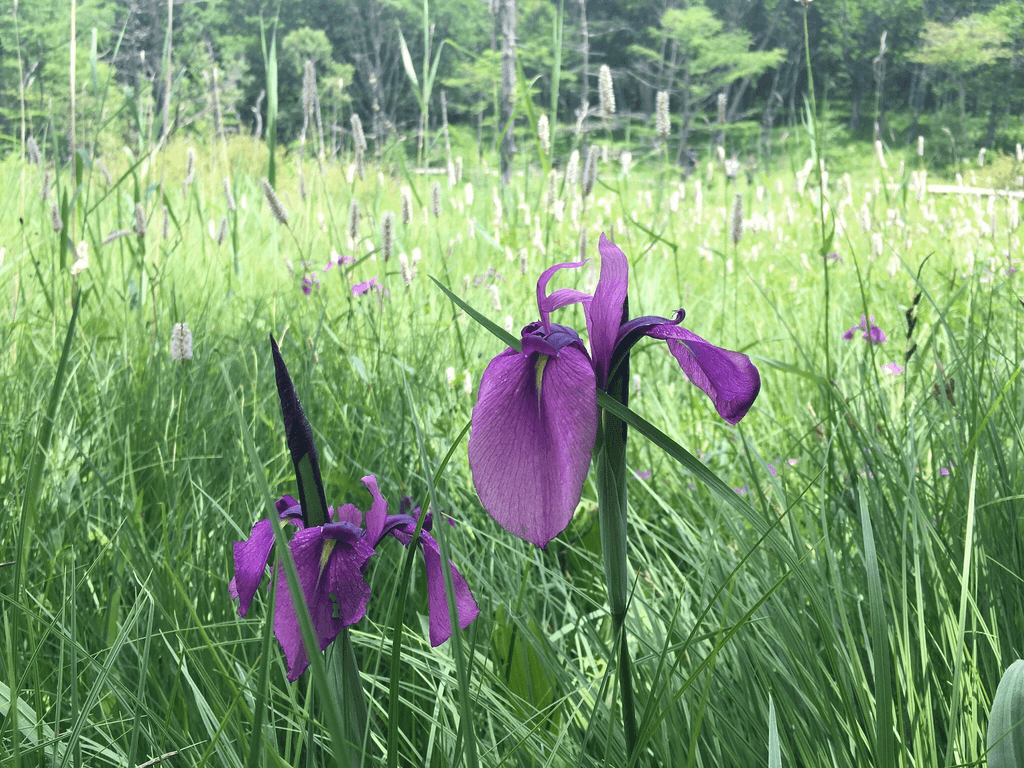
The entire trail, from Ryuzu Waterfall to Yudaki Waterfall, is about eight kilometers. It takes the average person about three to four hours to complete. The trail is flat and great for people that would like to take a pleasant stroll through nature. The marshlands have raised wooden paths making walking easy and allowing visitors to take in the unique surroundings.
The Senjogahara marshlands are four square kilometers north of Lake Chuzenji, famous as a hiking spot. The spot has magnificent scenery, such as a rich nature, marsh area, waterfall, and various plants. Senjogahara Marshlands are a must-visit when you are around Nikko! Have you been to Senjogahara Marshlands before? Would you like to visit? Let us know in the comments below!

